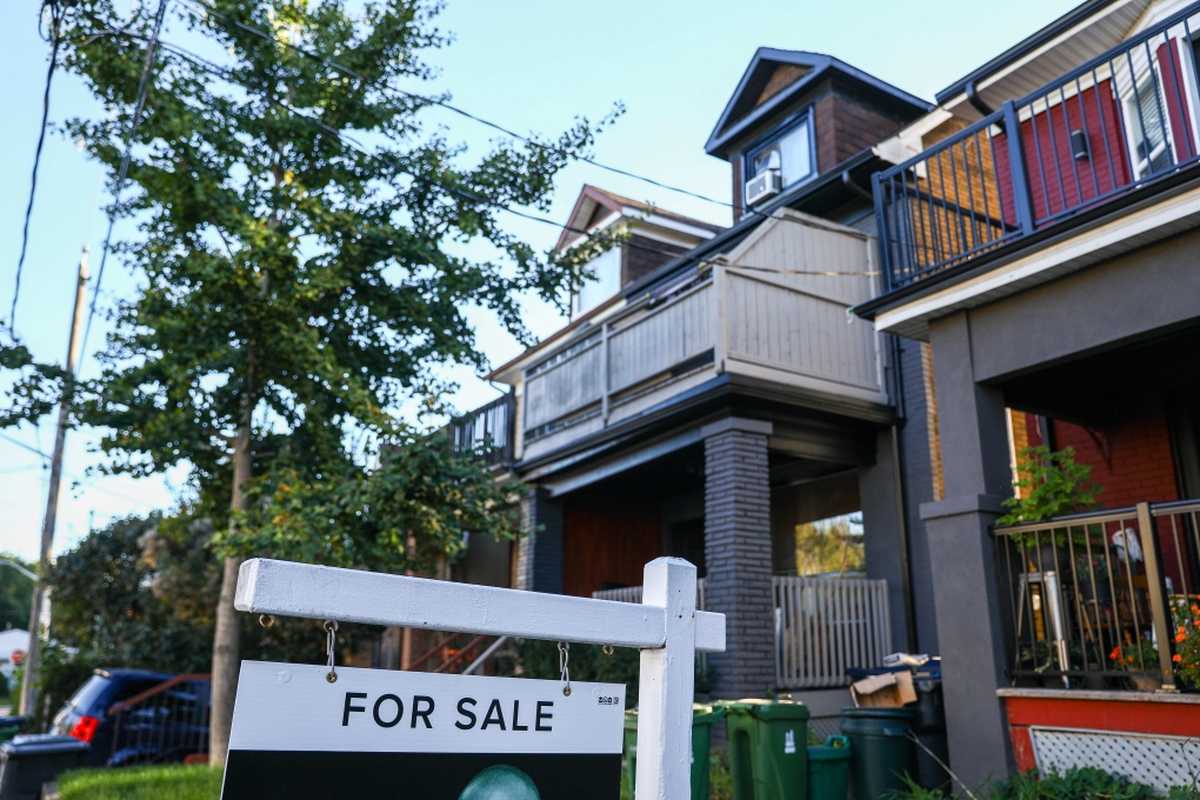Toronto is currently grappling with crises in climate and housing. To resolve such issues, the city aims to achieve net-zero emissions community-wide by 2040 to address the climate crisis, and concurrently, it plans to build 285,000 houses by 2031 to alleviate the housing crisis.
Each crisis presents distinct challenges, however, further underscoring the need for innovative solutions that can tackle both issues simultaneously.
One crucial consideration is the impact of housing sprawl on net-zero goals and the integration of renewable building materials to meet development demands. A local architecture firm by the name of Baird Sampson Neuert Architects addressed these challenges in three net-zero prototype laneway houses for the University of Toronto.
Using an all-wood, prefabricated construction approach, the firm delivered affordable and sustainable housing to emphasize gentle densification.
The project, which envisions 50 laneway and infill homes for the Huron Sussex neighborhood, employs renewable, carbon-sequestering wood construction and thermally treated ash siding.
Jon Neuert, who is the principal of Baird Sampson Neuert Architects, explains that this prefabrication method offers predictability for project outcomes, enabling uniform high-performance results.
He emphasizes the scalability of this approach, from stick building to mass timber operations, which reduces on-site construction and community impact. This comes with the intent of expediting construction and achieving cost reductions across the board.
The Rise of Timber Structures

With the city’s ever-increasing need for densification, the project provides a compelling model for future developments. It demonstrates the potential of prefabrication methods and timber construction to expand our housing supply while maintaining environmental considerations.
The increasing popularity of wood construction positions Canada’s forest sector as a significant contributor to the success of this sustainable alternative to steel and concrete.
Jon Neuert notes that “The industry is witnessing a substantial interest in timber right now.” However, he emphasizes the importance of regulating this trend through sustainable forestry practices to prevent the depletion of a resource that holds great promise for the industry.
Canada’s forests and the forest sector play a crucial role in achieving climate goals and advancing the country toward a green economy.
In Toronto, the fastest-growing metropolitan area in Canada, a robust supply of renewable, carbon-sequestering timber bridges the gap between housing development and net-zero emissions targets.
Cost and Damage Reduction Initiatives
Trees normally become more prone to pest outbreaks and diseases the older they get. As a result, they become more susceptible to forest fires that release CO2 into the atmosphere.
To address these challenges, Canada’s forest professionals carefully plan harvesting and replanting cycles, ensuring the forests’ ability to capture carbon is maintained. Utilizing wood from Canada’s certified forests for infrastructure construction offers a sustainable solution that not only enhances architectural diversity but also brings significant benefits to city developers.
Mass timber structures contribute to a 45% reduction in carbon pollution during construction and generally require less energy for year-round heating and cooling.
Besides, with faster assembly and lighter structures, mass timber can potentially accelerate construction timelines by up to 25%, directly addressing the city’s housing crisis and reducing costs for developers.
Jon Neuert expresses enthusiasm for timber and its biophilic design opportunities. He mentions an ongoing project involving the development of a mass timber, net-zero Montessori school, where collaboration with the Forest Stewardship Council (FSC) ensures the selection of FSC-certified products.
This approach provides assurance of responsibly sourced wood and access to expert knowledge about this transformative material.

